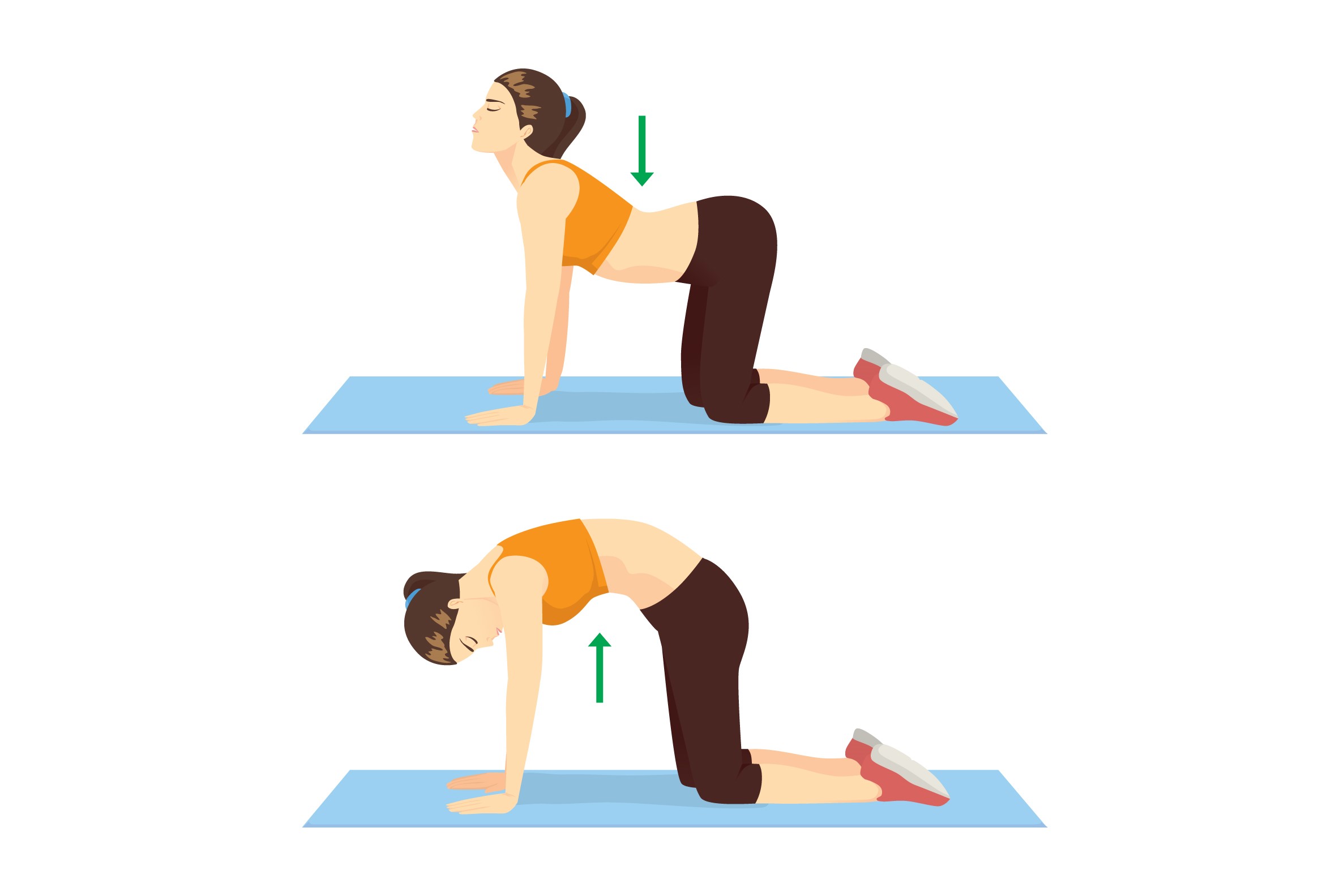Postpartum Yoga: Gentle Poses for New Mothers
Welcoming a baby is an extraordinary journey, but it also places incredible physical and emotional demands on your body. Postpartum yoga is a gentle, mindful approach to help new mothers heal, regain strength, and find mental clarity while embracing motherhood.
Benefits of Postpartum Yoga
- Rebuilds core and pelvic floor strength safely
- Reduces postpartum stress, anxiety, and fatigue
- Improves posture, circulation, and flexibility
- Encourages mindful connection with your baby
- Supports emotional wellness and mental clarity
- Enhances energy, balance, and confidence in daily life
Trimester-Wise Postpartum Yoga Practices
Phase 1: Immediate Postpartum (0–6 Weeks)
This phase focuses on gentle healing, connecting with your breath, and restoring circulation.
- Breathing: Deep diaphragmatic breathing and short mindful breaths.
- Poses: Cat-Cow, Seated Side Stretch, Supported Child’s Pose
- Tip: Avoid intense stretches, twists, or abdominal crunches.
Phase 2: Early Recovery (6–12 Weeks)
Slowly strengthen core and pelvic muscles while maintaining gentle movements.
- Core strengthening: Bridge Pose, Pelvic Tilts, Bird-Dog Pose
- Breathwork: Ujjayi breathing for calming and focus
- Tip: Listen to your body; rest if any discomfort occurs.
Phase 3: Strengthening & Energy (3–6 Months)
Introduce low-impact flows and mindful exercises to enhance stamina and mental clarity.
- Dynamic flows: Cat-Cow → Downward Dog → Child’s Pose
- Mindfulness: Short meditations and body scans daily
- Tip: Include gentle stretching with baby-friendly poses
Recommended Postpartum Yoga Poses
Cat-Cow Stretch

Enhances spine flexibility, eases lower back pain, and connects breath with movement. Ideal for the first weeks postpartum.
Seated Side Stretch

Stretches the obliques and side body, helping to release tension from lifting or carrying your baby.
Supported Child’s Pose
Promotes calm, relieves spine tension, and helps with gentle relaxation during early recovery.
Bridge Pose

Strengthens glutes, lower back, and pelvic floor muscles. Supports core stability and improves posture.
Pelvic Tilts

Activates deep core muscles, helps restore abdominal tone, and improves lower back comfort.
Bird-Dog Pose

Improves spinal stability, balance, and coordination while strengthening core and back muscles.
Child’s Pose

Calms the nervous system, stretches the back, and offers mental rest during yoga sessions.
Legs-Up-the-Wall Pose

Relieves swelling in legs, improves circulation, and provides a soothing reset for tired bodies.
Seated Forward Fold

Encourages calmness, stretches back and hamstrings, and promotes mindful relaxation.
Postpartum Breathing & Mindfulness
Breathing is essential for recovery and mental clarity. Gentle techniques like diaphragmatic breathing, Ujjayi breath, and mindful observation help reduce stress, improve oxygen flow, and promote calmness. Try a 2-minute daily session.
Nutrition Tips for New Mothers
- Focus on protein-rich foods to repair tissues
- Include leafy greens and colorful vegetables
- Stay hydrated for milk production and energy
- Incorporate healthy fats (avocado, nuts, seeds)
- Take prenatal vitamins as advised by your doctor
Mental Health & Self-Care
Postpartum is an emotional period. Yoga, journaling, affirmations, and mini-meditations help manage anxiety, promote mindfulness, and support emotional resilience. Reach out to professionals if experiencing prolonged sadness or stress.
Safety Tips
- Consult your doctor before starting yoga, especially after a C-section or complications
- Listen to your body; avoid pain or discomfort
- Use props like pillows, bolsters, or chairs
- Keep movements slow, mindful, and controlled
- Include rest and recovery days
FAQs
Q: When can I start postpartum yoga?
A: Usually after 6 weeks postpartum if vaginal delivery, 8-12 weeks after C-section, with doctor’s approval.
Q: How long should each session last?
A: Start with 10–15 minutes, gradually increase to 30–45 minutes.
Interactive Features
Try affirmations, mini quizzes, and breathing exercises below:
